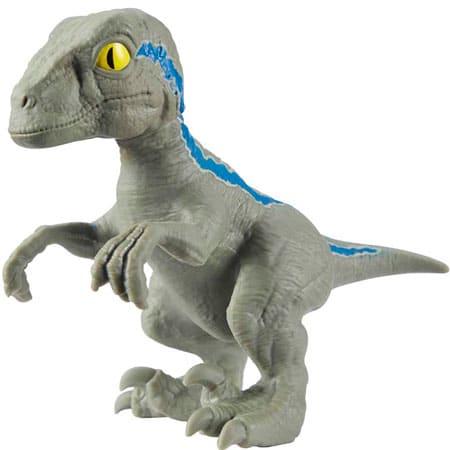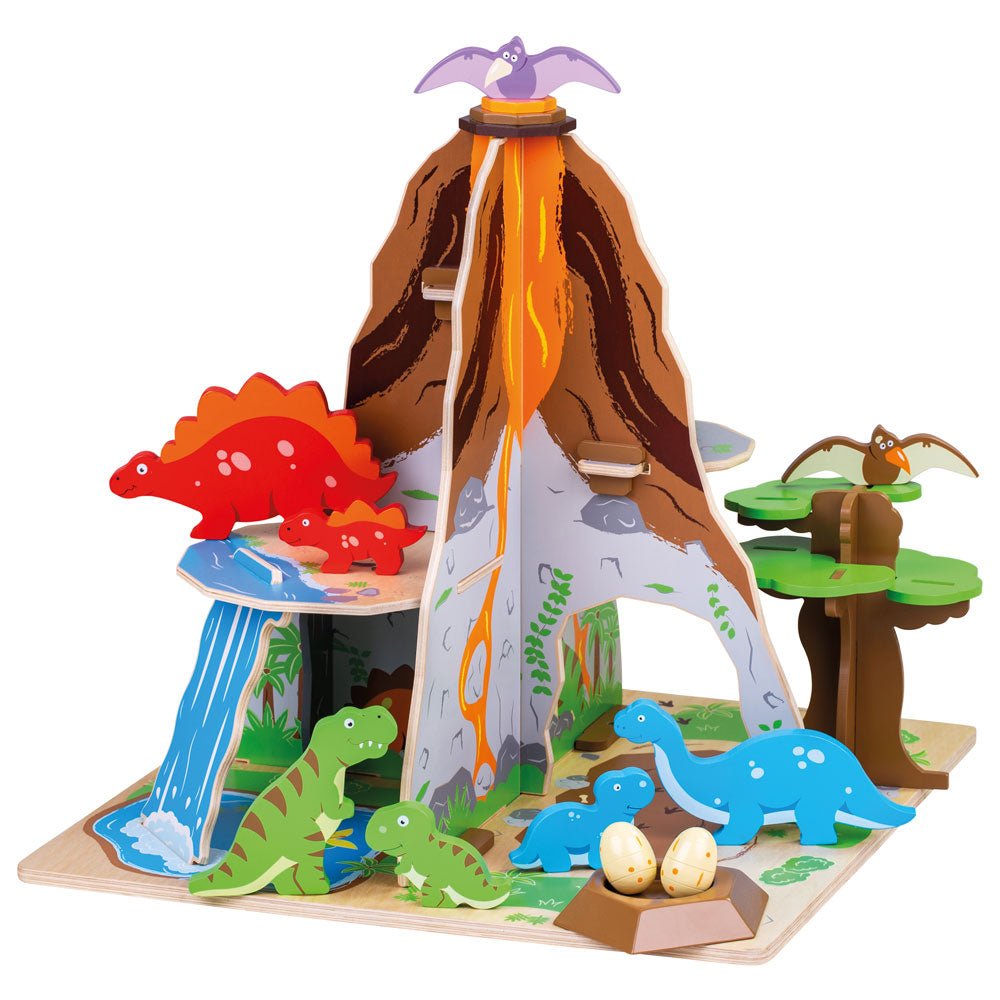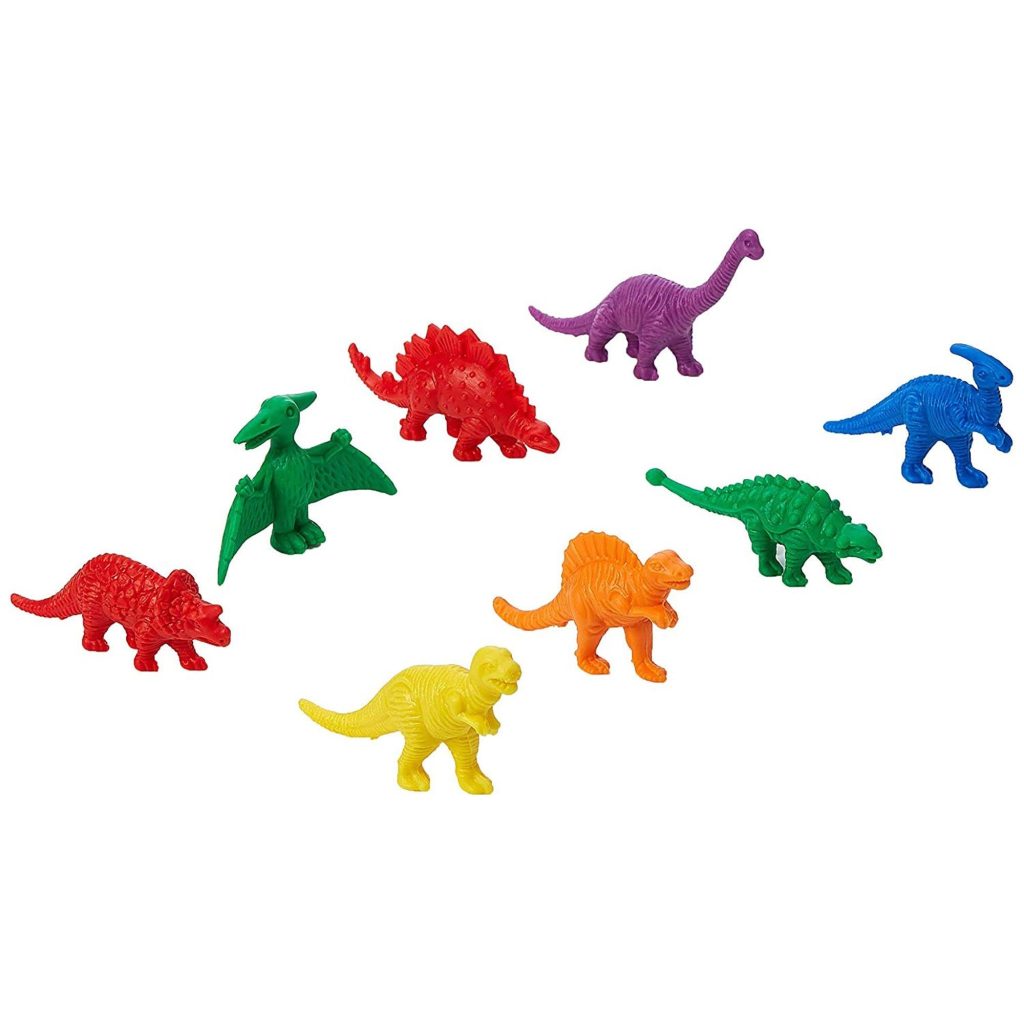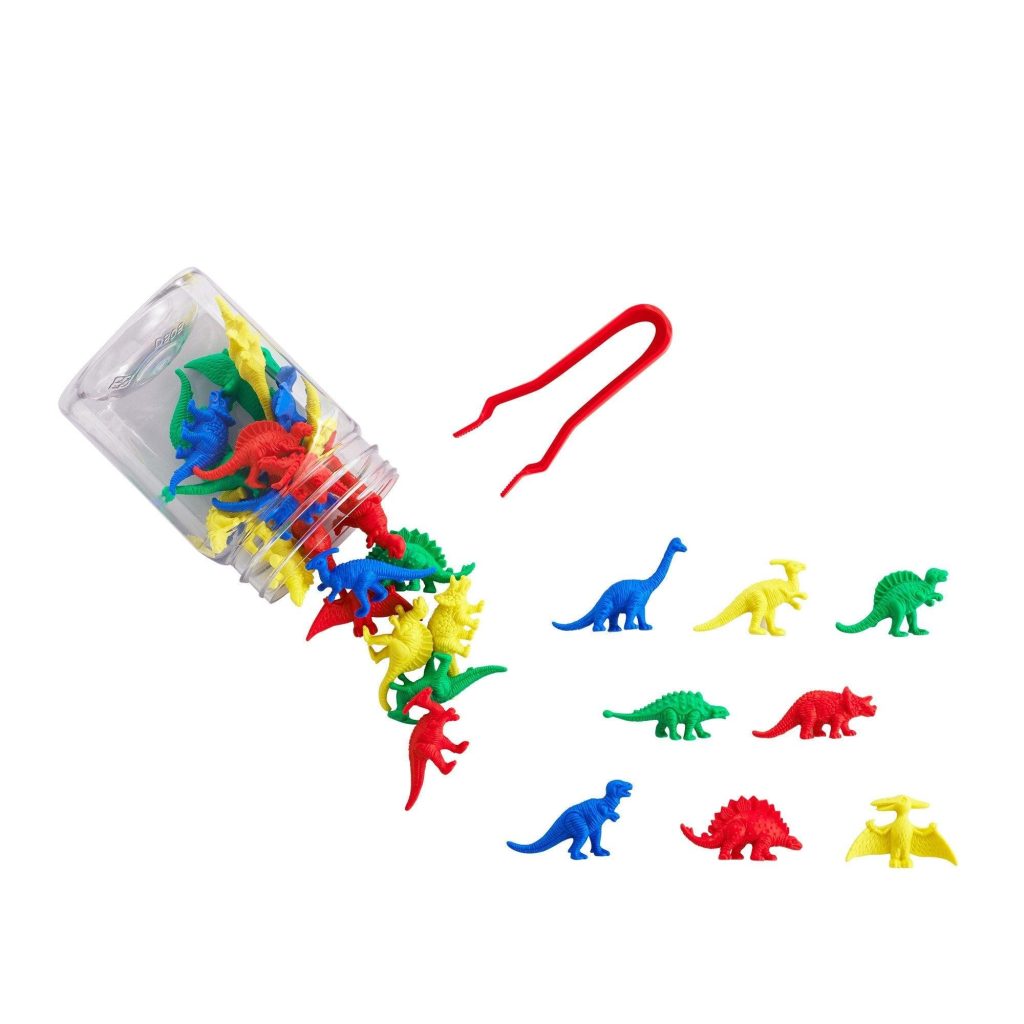Table of Contents
Dinosaurs captivate the imagination like few other creatures in our planet’s history. These ancient reptiles ruled the Earth during the Mesozoic Era, which spanned over 180 million years before they experienced a catastrophic extinction approximately 66 million years ago. Today, they continue to live in the popular imagination through a multitude of channels, including paleontological research, educational materials, and of course, popular culture.
Paleontology and Dinosaurs:
Paleontology, the study of ancient life, has provided us with a continuously expanding knowledge base about dinosaurs. Through the fossil record, we have learned about the vast diversity of these creatures, from the gigantic, long-necked sauropods to the fierce carnivorous theropods. Museums around the world showcase spectacular dinosaur fossils, giving us a window into a past where these creatures dominated land ecosystems.
Educational Aspects:
Educationally, dinosaurs are a fantastic gateway for children and adults alike to learn about earth science, evolution, and the concept of deep time. They serve as an engaging introduction to scientific principles and methods, such as radiometric dating, stratigraphy, and comparative anatomy.
Dinosaurs in Popular Culture:
Dinosaurs have been a mainstay in popular culture, particularly in film and television. One of the most iconic depictions of dinosaurs is found in the “Jurassic Park” franchise, created by Michael Crichton and brought to cinematic life by Steven Spielberg. Within this franchise, the Velociraptor plays a prominent role, especially a raptor named Blue.
Blue from “Jurassic Park”:
Blue is a standout dinosaur character introduced in the movie “Jurassic World,” which is part of the larger “Jurassic Park” series. She is depicted as a highly intelligent Velociraptor and is the leader of a raptor group. Her unique bond with the character Owen Grady, played by Chris Pratt, showcases a level of interaction between humans and dinosaurs not previously explored in the earlier films. Blue’s character has quickly become a fan favorite due to her intelligence, distinctive blue stripe, and surprisingly emotional depth.
Dinosaur Toys and Merchandise:
The fascination with dinosaurs has fueled a massive industry of toys and merchandise. Dinosaur figures, from scientifically accurate models to more whimsical interpretations, are popular among children of all ages. High-quality collectibles are also sought after by adult enthusiasts. The “Jurassic Park” franchise, in particular, has spawned an extensive range of toys, games, clothing, and other collectibles, with Blue often being featured prominently among them.
Dinosaur-Themed Entertainment:
Beyond movies and television, dinosaurs appear in literature, video games, and as part of interactive experiences such as theme park attractions and virtual reality simulations. The “Jurassic Park” rides and exhibits at various Universal Studios theme parks are a testament to the enduring popularity of these prehistoric creatures.
Paleontological Accuracy:
While the “Jurassic Park” series has been praised for its revolutionary special effects and bringing dinosaurs into the public eye, it has also been critiqued by the scientific community for inaccuracies. Nonetheless, these depictions have spurred many conversations and interests in the scientific realities of dinosaurs, prompting some of the franchise’s later installments to incorporate more up-to-date scientific findings.
Conservation and Ethical Themes:
Interestingly, the “Jurassic Park” films, including those featuring Blue, touch upon themes of conservation, genetic engineering, and the ethical implications of bringing extinct species back to life. These narratives invite viewers to consider the relationship between humans and nature and our responsibilities toward living creatures.
Dinosaurs, from the mightiest T. rex to the clever Velociraptor, continue to enthral and educate, bridging the gap between science and art, the past and the present, and igniting the curiosity of countless aspiring paleontologists and dinosaur enthusiasts around the globe. Blue, from “Jurassic World,” stands as a symbol of how these prehistoric animals can be portrayed with a new level of personality and connection in the modern era.












